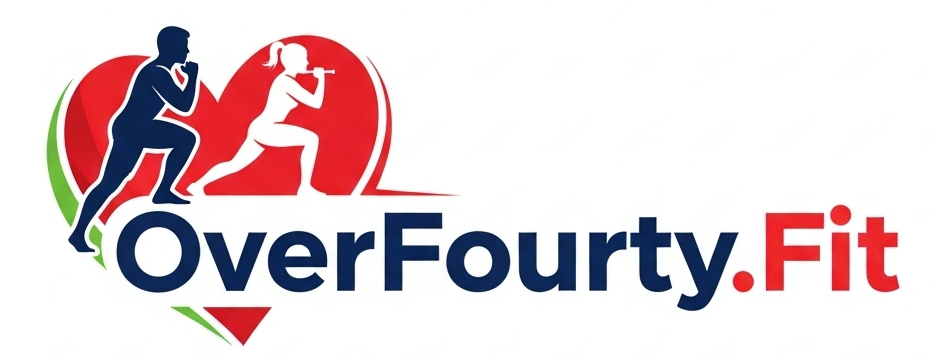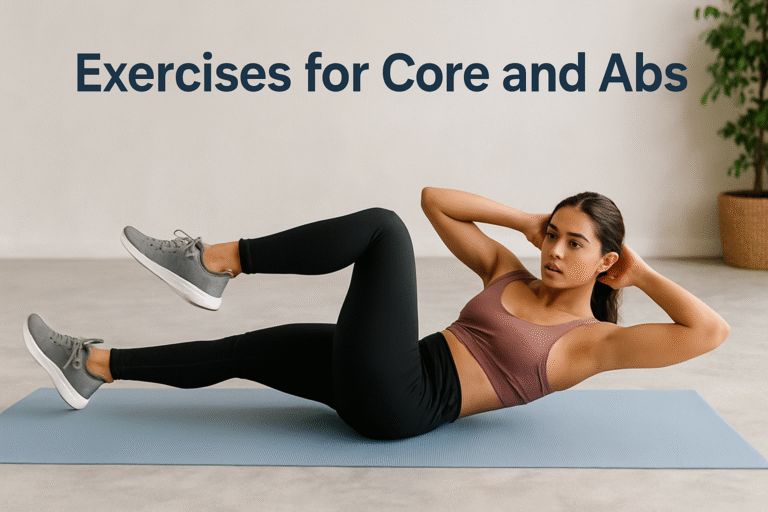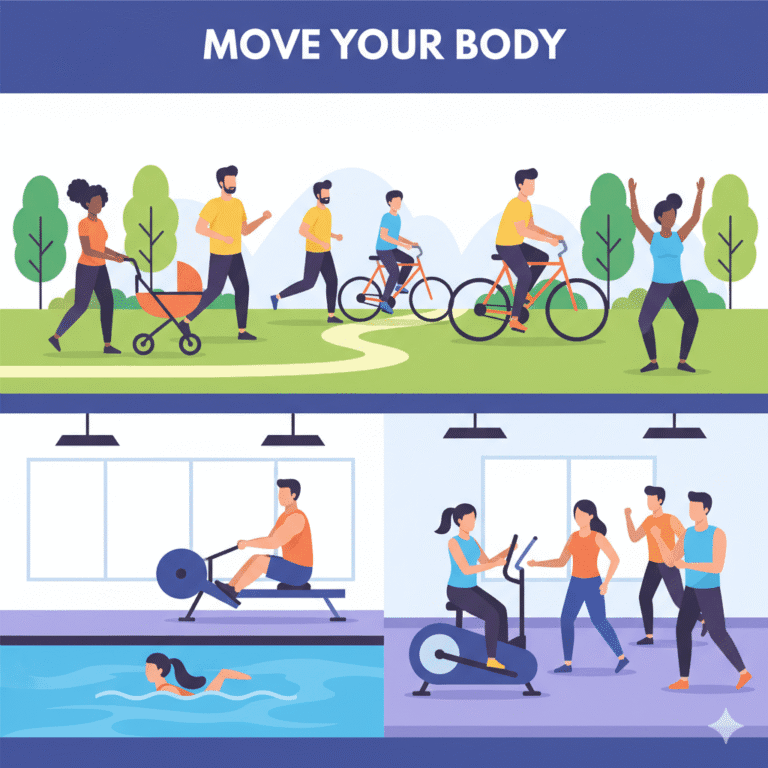What Is Deep Tissue Massage?
Deep Tissue Massage targets deeper muscle layers and connective tissues. It uses slow, firm pressure to relieve chronic tension and pain. This massage enhances flexibility, circulation, and recovery.
Summary: Deep tissue treatment uses firm pressure to address chronic pain and tight muscles.
Why Choose Deep Tissue Massage?
The benefits of deep tissue massage extend beyond relaxation. It helps athletes recover faster and eases postural stress, and reduces scar tissue. It promotes long‑term relief from chronic aches.
Summary: Ideal for individuals seeking long-lasting relief from muscle pain or tightness.
Key Benefits of Deep Tissue Massage
| Benefit | How It Helps |
|---|---|
| Pain reduction | Relieves chronic back, neck, or shoulder pain through deeper release |
| Improved flexibility | Loosens tight muscles and fascia for better mobility |
| Faster muscle recovery | Enhances circulation and flushes metabolic waste |
| Posture correction | Releases tight muscles from prolonged sitting or repetitive activities |
| Scar and adhesions treatment | Breaks down connective tissue after injury for improved function |
Who Should Get a Deep Tissue Massage?
This massage works well for:
- Athletes with sore or tight muscles
- Office workers at risk of posture-related tension
- Individuals with chronic pain (e.g., fibromyalgia, arthritis)
- Anyone recovering from injuries or restricted mobility
Summary: A trusted solution for those with ongoing muscle tension from activity or injury.

How Deep Tissue Massage Works (Step by Step)
- Assessment: Therapist checks posture and tension points.
- Warm-up: Light strokes loosen the area before deeper work.
- Deep Pressure: Therapist applies slow, firm strokes along muscle fibers.
- Cross-Fiber Friction: Helps break adhesions and scar tissue.
- Aftercare Advice: Hydration and gentle stretches support healing.
Summary: The process goes from evaluation to deeper work, ending with recovery tips.
What to Expect During a Session
A typical session runs 60–90 minutes. It may cause mild discomfort, but never pain. Clients often feel sore for 24–48 hours afterward, which promotes healing.
Summary: Expect firm pressure, possible soreness, and scheduled recovery tips.
Deep Tissue vs. Regular Massage
It focuses on resolving muscle tension using slow, firm pressure.
Regular Swedish Massage provides relaxation with sweeping, gentle strokes.
- Deep tissue: pain relief, posture correction, deep muscle access
- Swedish: overall relaxation, lighter pressure, stress reduction
Summary: One targets deep muscle issues, the other promotes relaxation.
Tips to Maximize Your Results
- Hydrate well before and after your session to flush toxins.
- Avoid heavy exercise immediately after deep massage.
- Communicate comfort levels—moderate pressure is key.
- Combine with stretching, heat, or foam rolling for best results.
Summary: Mindful self-care enhances the massage benefits.
Ideal Areas of Focus
Deep tissue treatments often target:
- Neck and shoulders (common tension zone)
- Lower back (core stress area)
- Glutes and hips (runner’s tight spots)
- Legs (athletic recovery)
- Arms and hands (repetitive strain relief)
Table: Body Areas & Benefits
| Area | Benefit |
|---|---|
| Neck & Shoulders | Reduces tension from desk work, posture strain |
| Lower Back | Eases chronic lumbar pain, improves spinal alignment |
| Glutes & Hips | Opens tight hips, relieves sciatica symptoms |
| Legs & Feet | Enhances athletic performance and recovery |
| Arms & Hands | Reduces repetitive strain like carpal tunnel or typing |
Possible Disadvantages
- Soreness: Mild post-session discomfort is common.
- Bruising: May occur in sensitive individuals.
- Not Instant Relaxation: Deep work can feel intense.
- Cost: These sessions may cost more than standard massages.
- Not for Everyone: Avoid if you have blood clots, fractures, or severe osteoporosis.
Summary: Minor side effects can occur; not suitable for some health conditions.
Frequently Asked Questions
What is a deep tissue massage for?
Deep Tissue Massage addresses chronic muscle tension and pain. It works on muscle layers and fascia to relieve tightness, break adhesions, and support recovery.
Featured snippet friendly summary.
What part of the body is a deep tissue massage?
Therapists often focus on neck, shoulders, lower back, hips, and legs. These areas hold common tension from posture, athletic strain, or repetitive use.
Designed for featured snippet readability.
What is the disadvantage of deep tissue massage?
The main drawbacks include soreness lasting 24–48 hours, potential bruising, and higher cost. Avoid if you have blood clots, recent fractures, or severe osteoporosis.
What’s the difference between a deep tissue massage and a regular massage?
Deep Tissue Massage uses slow, firm pressure targeting deep muscles and connective tissues to relieve chronic pain. Regular (Swedish) Massage uses lighter strokes for overall relaxation and stress relief.
Final Take & Call to Action
It stands out as a powerful tool for pain relief, posture improvement, and recovery. It provides targeted help for those dealing with chronic muscle issues or active lifestyles. While it may bring mild soreness, the long-term gains in comfort and mobility are well worth it.
Schedule a Deep Tissue Massage session today and experience transformative relief. Contact a licensed therapist near you and start your journey to better movement and wellness!
Key Takeaways
- Deep Tissue Massage uses firm pressure to treat chronic muscle problems.
- It improves flexibility, posture, and recovery.
- Expect some soreness and follow thoughtful aftercare.
- Not recommended for certain medical conditions.
- Differentiated from Swedish massage by its depth and therapeutic intent.







